((Contributed by Joshua Miller))
Global warming, overharvesting, habitat destruction and other disturbances are altering ecosystems around the world. These changes result in population reductions and extinctions of some species, while others expand and invade new habitats and regions. Most ecosystems have not been studied over long time spans, limiting the ability of wildlife managers and other scientists to properly document and mediate these dramatic ecological changes.
A new study by Wright State University postdoctoral fellow Joshua Miller, Ph.D., highlights the significance of bones in providing a detailed account of how animal populations have changed over time.
“The skeletons of long-dead animals lying on the landscape provide critical insight into our understanding of ecosystem history, especially how populations have changed,” commented Miller.
Miller surveyed bones from the skeletons of hoofed mammals in Yellowstone National Park and compared the numbers of each species documented in bones to surveys of the living populations. Miller found that all the native species in the living community were recovered, and that the order of species from most-abundance to least-abundant was similar for the bones and the living community. Species whose populations significantly diminished or expanded over the last 20-80 years were predictably over- or under-represented in the bones relative to the current living community.
“Elk were much more abundant in the 1990s than they are today,” said Miller, “and the bones found in Yellowstone feature far more elk than one would predict based on the current Yellowstone community.”
Horses, which were replaced by cars as the dominant mode of transportation in Yellowstone in the early 1900s, are also readily found as skeletal remains. Radiocarbon dating confirmed that horse bones were remnants from when the cavalry controlled Yellowstone in the late 1800s to early 1900s. In contrast to these ghosts of larger past populations, species that have recently increased in abundance (bison and the recently-arrived mountain goat) are less common in the skeletal record than current living populations would predict.
Overall, the bones of Yellowstone have a high affinity to the historical Yellowstone ecosystem, and provide more detailed information about the historical living community than can be acquired from only studying the ecosystem today.
“Bones provide a great tool for uncovering historical ecological data that allow us to put modern biodiversity in a broader temporal context,” said Miller. “The living populations of Yellowstone have been studied for a long time and it is a great place to test how well bones record species’ histories. Now we can go the next step and use bone accumulations in regions we have only recently begun studying to obtain critical historical data that will allow us to establish how ecosystems have changed over the last decades, century or even longer.”
This research also suggests that the ecological information contained in the fossil record may provide more detailed biological records of extinct ecosystems than previously thought.
“Bone accumulations contain treasure troves of ecological insight,” said Miller. “While further effort is needed to decipher what information is lost during fossilization, it seems likely that more ecological data survives from extinct ecosystems than we previously imagined.”
- Miller compared the numbers of bones documented to surveys of living populations.
- Miller surveyed bones on the Northern Range in Yellowstone National Park.
- An elk cranium lies in Yellowstone National Park.
- Miller (right) and field assistant Cara Harwood (left) investigate an elk cranium.
- A bison cranium is measured in Yellowstone National Park.
- Field assistant Jared Singer maps a partial elk carcass.

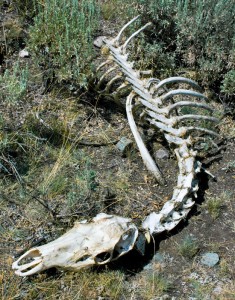
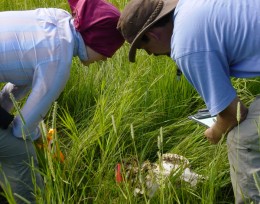
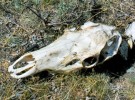
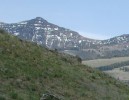
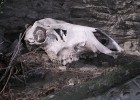
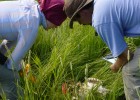
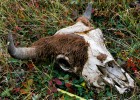
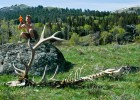
 Difficult conversations
Difficult conversations  Celebrated Wright State alum serving his community as surgeon
Celebrated Wright State alum serving his community as surgeon  Wright State University Foundation awards Students First Fund grants
Wright State University Foundation awards Students First Fund grants  Cosmic collection
Cosmic collection  Wright State revives student-faculty collaborative writing journal
Wright State revives student-faculty collaborative writing journal 